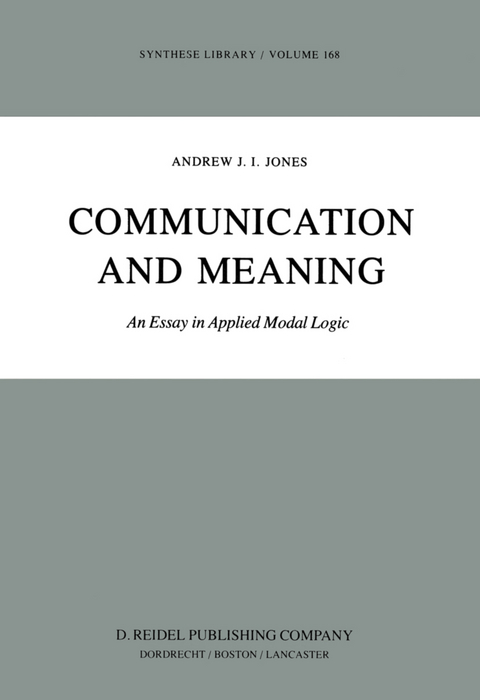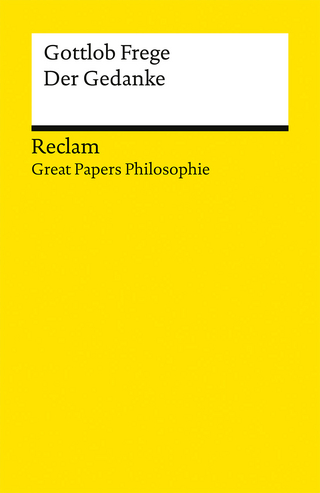
Communication and Meaning
Springer (Verlag)
978-94-009-7071-7 (ISBN)
I: Signs and Signalling.- I.1. Lewis on Signalling Systems.- I.2. Signs and Meaning.- I.3. Sign Systems and the Possibility of Deceit.- I.4. Generalization of Rules of Information.- I.5. ISS’s and Lewis Indicative Signalling Systems.- I.6. Conventions of Truthfulness and Trust v. Rules of Information.- II: A Formal Language.- II.1. LC: its Syntax and the General Form of its Semantics.- II.2. Action Modalities.- II.3. Normative Modalities.- II.4. The Belief Modality.- II.5. Mutual Belief.- II.6. The Modality Va.- II.7. Deontic Modalities.- II.8. Knowledge that p.- II.9. On the Alleged Circularity of Possible-World Semantics.- III: Some Features of Communication Situations.- III.1. Truthfulness and Trust.- III.2. Moore’s Paradox of Saying and Disbelieving.- III.3. Informing and Asserting.- III.4. Trust of Type No-Deceit, Communicators’ Intentions and “Saying One Thing and Meaning Another”.- III.5. Non-Deceiving Performances and the Implementation of Rules of Information.- IV: Non-Indicatives.- IV.1. Non-Indicatives and Truth Conditions.- IV.2. Performatives.- IV.3. Sketch for a Logic of Imperative Inference.- IV.4. Other Types of Non-Indicatives.- IV.5. Non-Indicative Usage of Indicatives.- V: Intention-Dependent Evidence.- V.1. Bennett’s Defence of the Gricean Theory.- V.2. The Modality Shall and the Analysis of Signalling.- VI: The Double Bind.- VI.1. General Features of a Double-Bind Situation.- VI.2. The Illustration from Clinical Data — a Formal Description.- VI.3. Bateson’s Theory of Communication.- VI.4. The Double Bind and Levels of Communication.- Concluding Remarks.- Index of Names.- Index of Subjects.
| Reihe/Serie | Synthese Library ; 168 |
|---|---|
| Zusatzinfo | XII, 167 p. |
| Verlagsort | Dordrecht |
| Sprache | englisch |
| Maße | 152 x 223 mm |
| Themenwelt | Geisteswissenschaften ► Philosophie ► Logik |
| Geisteswissenschaften ► Philosophie ► Sprachphilosophie | |
| ISBN-10 | 94-009-7071-4 / 9400970714 |
| ISBN-13 | 978-94-009-7071-7 / 9789400970717 |
| Zustand | Neuware |
| Haben Sie eine Frage zum Produkt? |
aus dem Bereich


